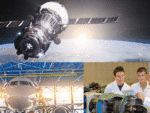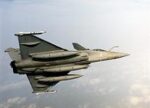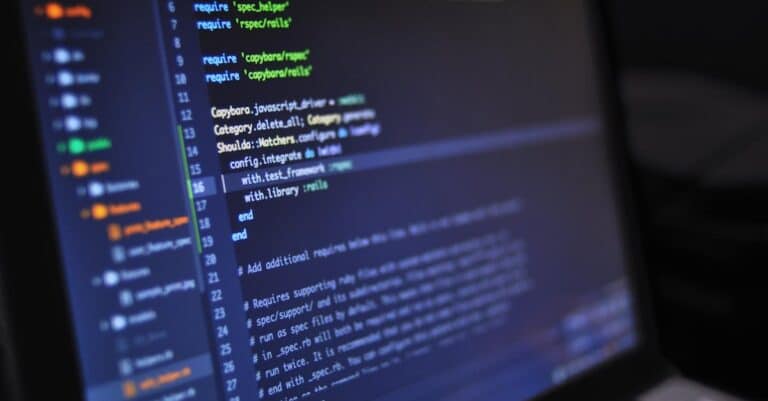Exploring the seas requires appropriate navigation equipment to ensure optimal safety. Modern instruments such as GPS, the compass, and radar are essential for orienting oneself and avoiding dangers. In addition to technological tools, some classic elements like the sextant and nautical charts remain indispensable for sailors. A good preparer equips not only with guiding tools but also with safety equipment, thus ensuring a serene adventure on the waves.
Table des matières
ToggleEssential Navigation Equipment for Exploring the Seas
When planning to explore the seas, it is essential to prepare well in terms of navigation equipment. Whether for a simple coastal excursion or a journey into the high seas, certain instruments and tools are indispensable for ensuring safety and the success of the expedition.
Firstly, the compass, also known as the compass rose, is a fundamental element in navigation equipment. This instrument allows sailors to determine cardinal directions. Used for centuries, the maritime compass remains the most reliable guide for orienting oneself, even in the absence of visual landmarks.
Another crucial instrument is the GPS (Global Positioning System), which helps determine the precise location of the ship. Thanks to satellites, GPS provides real-time positioning information, which is essential for modern navigation. This tool has revolutionized the way mariners move on the water, making voyages safer and more efficient.
The sextant, although less used nowadays with the advent of digital technologies, remains an emblematic instrument of maritime navigation. It measures the angle between an astronomical body and the horizon, which helps determine latitude. For enthusiasts of traditional navigation, the sextant is a valued piece of equipment.
Nautical charts are another essential tool. These charts detail the characteristics of waters, depths, potential hazards, and ports. They are indispensable, even in the digital age, as they provide an overview of navigation areas, serving as a reference if electronic systems fail.
The VHF radio is also vital equipment. With a range far greater than that of a traditional mobile phone, this radio allows sailors to maintain constant communication with the shore and other vessels. It is particularly useful for exchanging information about weather conditions and signaling emergencies.
To complete this equipment, a personal locator beacon (PLB) is highly recommended. In the event of an accident, this device emits a distress signal, allowing rescue teams to quickly locate the person in danger. Its small size and ease of use make it an indispensable accessory.
Regarding safety at sea, a life jacket is crucial. Depending on the conditions and distance to shore, it is recommended to have certified life jackets that provide at least 50 to 100 newtons of buoyancy, thus ensuring a better chance of survival in case of an incident.
For confident navigation, depth sounders and radars can also be valuable additions to the equipment. Depth sounders measure the water’s depth and help detect underwater obstacles, while radars provide visibility on the location of other vessels nearby, particularly in low visibility conditions.
Finally, using additional safety equipment, such as first aid kits and distress flares, is essential to ensure a safe journey. Properly preparing with the right navigation equipment contributes to ensuring an enjoyable and safe maritime experience.

FAQ: Navigation Equipment for Exploring the Seas
What is the essential navigation equipment? Essential navigation equipment includes instruments such as the compass, GPS, sextant, and nautical chart.
Why is the compass essential? The compass is a fundamental instrument that allows sailors to determine their orientation relative to north, which is crucial for staying on the right course.
What is the purpose of GPS in maritime navigation? GPS, or Global Positioning System, provides accurate information on the ship’s location, facilitating navigation, especially in open water.
What is the importance of the sextant? The sextant measures the angle between an astronomical body and the horizon, thus allowing the determination of a ship’s latitude, which is essential for traditional navigation.
What other safety supplies should be included? In addition to navigation instruments, it is crucial to have life jackets, distress flares, a VHF radio, and a first aid kit to ensure safety on board.
How do nautical charts help navigators? Nautical charts provide detailed information on underwater features, depths, and potential hazards, helping navigators plan their route.
Is radar necessary for all navigators? Radar is a powerful tool for large vessels, especially in poor visibility conditions, detecting other vessels and obstacles.
What is the utility of a personal locator beacon (PLB)? A PLB allows you to signal your position in an emergency, increasing your chances of being quickly located and rescued.

























